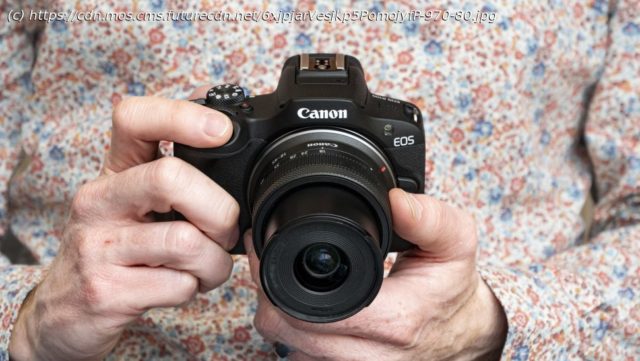Canon’s RF-mount mirrorless camera range is expanded with a new entry-level model, the Canon EOS R100, that sits below the Canon EOS R50.
Canon’s RF-mount mirrorless camera range has just welcomed a new entry-level model, the Canon EOS R100, that sits below the Canon EOS R50. Think of the EOS R100 as a modern-day Canon EOS 2000D, which is Canon’s cheapest DSLR camera.
At its heart, the EOS R100 is a stripped-back version of Canon’s DSLR-style Canon EOS R50 with a lower list price, and the same 24MP APS-C crop sensor that has been around for many years. That means it could be a great option for those on a limited budget who want Canon’s excellent image quality.
Naturally, concessions have been made from the EOS R50, so let’s take a closer look if the overall package makes more sense, asking: is the EOS R100 what beginners need?Canon EOS R100 price and release date
$699 approx / £669 / AU$1,099 with the RF-S 18-45mm lens
No body only price yet
The EOS R100 sits at the bottom of Canon’s mirrorless range of cameras and as such it is the lowest-cost model, at $699 (approx) / £669 / AU$1,099 with the RF-S 18-45mm lens. At the time of writing, we don’t have a body-only list price, but we can confirm that there will be a twin-lens kit available at least in Australia for AU$1,399.
For an extra $250 (approx) / £230 / AU$400 you can pick up the EOS R50 instead to get a few more powerful features. Canon cameras don’t come cheap, especially compared to other leading brands, and even as the lowest cost model, beginners can only hope the EOS R100 will come down in price.
List price is not the biggest issue, though. Let’s take a look at the design choice and difference in features between the two cameras.Canon EOS R100 specs and features
24MP APS-C sensor
4K video has a 1.55x crop
Lightest RF-mount camera
No touchscreen
The EOS R50 and EOS R100 are virtually the same size and form factor, making them the smallest in Canon’s range and positively miniscule for cameras with an APS-C sensor – a sensor size that positively dwarfs the sensors found in flagship smartphones.






